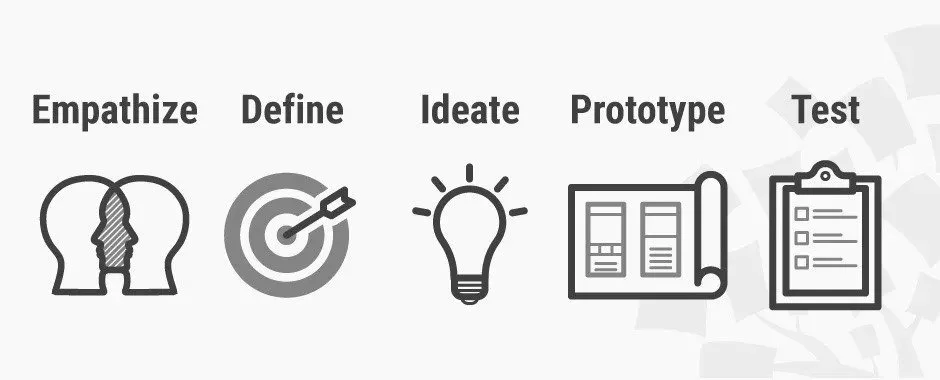Ideation & Prototyping Week 11
Dam & Siang, Personas
Persona’s was one of the first design concepts I was taught and is very important in the design process. When taking my first UX design class, I remember we were given a prompt and my mind started running wild thinking of the many different features I could incorporate into a digital app. I then went to my professor to tell him about all my ideas and he said “these are all great but are these Aneesah’s ideas or your audiences ideas?” This is when I realized the value of creating personas. Personas are what help you dig deeper into the design process to determine who your typical user would be. It is a lot easier to design when you have a type of client in mind. Creating personas allow you to always refer back to the type of person you created to make sure you and your team are not branching off into a completely different direction. As the article mentions, personas add a human element and can help greatly when pitching to stakeholders because its not just about the product but the experience and how your audience interacts with it. It was interesting to learn about the four different types of personas: goal directed, role based, engaging personas and fictional personas. I was mainly taught about fictional personas and then a more focused one after user testing.
This article is a great refresher to my UX design course. In the course, we were divided into groups and had to work on a number of spring challenges. Each day, we’d have to use the concepts listed in this article such as affinity diagraming, empathy mapping, personas, storyboarding and scenarios. These are all crucial to a time is diving as deep as possible to understand what users frustrations and pain points are and why there is a demand for whatever it is the team is designing. Without this process, it is difficult for a team to narrow down the focus and truly solve a problem or create a product to the best of their ability. This whole process is what made me fall in love with user experience design in the first place as I love learning, observing asking questions, documenting and then soaking in all the information to make something innovative that solves a specific need.


